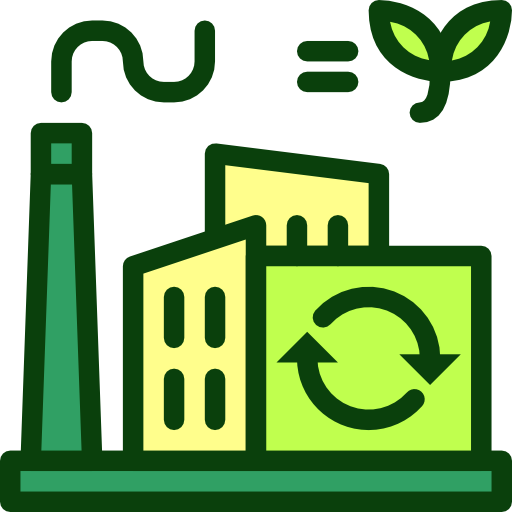Bahrain - Environment

As far as the environment of Bahrain is concerned, there have been desertification; drought; coastal degradation from oil spills and other discharges from large tankers, oil refineries, and distribution stations; lack of freshwater resources; saline contamination from lowered water table. As for nvironment - international agreements, we have; Biodiversity, Climate Change, Climate Change-Kyoto Protocol, Climate Change-Paris Agreement, Comprehensive Nuclear Test Ban, Desertification, Endangered Species, Hazardous Wastes, Law of the Sea, Ozone Layer Protection, Ship Pollution, Wetlands.
About the environment of Bahrain
| Climate | We have arid; mild, pleasant winters; very hot, humid summers |
|---|---|
| Revenue from forest resources | |
| Revenue from coal | |
| Waste and recycling | Municipal solid waste generated annually: 951,943 tons (2016 est.) |
| Total renewable water resources | 120 million cubic meters (2020 est.) |
| Major rivers (by length in km) | |
| Total water withdrawal | |
| Municipal | 280 million cubic meters (2020 est.) |
| Industrial | 10 million cubic meters (2020 est.) |
| Agricultural | 140 million cubic meters (2020 est.) |
| Air pollutants | |
| Particulate matter emissions | 51.82 micrograms per cubic meter (2019 est.) |
| Carbon dioxide emissions | 31.69 megatons (2016 est.) |
| Methane emissions | 15.47 megatons (2020 est.) |
| Land Use | |
| Agricultural land | 10.3% (2022 est.) |
| Agricultural land: arable land | arable land: 2.7% (2022 est.) |
| Agricultural land: permanent crops | permanent crops: 2.5% (2022 est.) |
| Agricultural land: permanent pasture | permanent pasture: 5.1% (2022 est.) |
| Forest | 0.9% (2022 est.) |
| Other | 88.8% (2022 est.) |
| Urbanization | |
| Urban population | 89.9% of total population (2023) |
| Rate of urbanization | 1.99% annual rate of change (2020-25 est.) |
| Major urban areas (Pop) | 709,000 MANAMA (capital) (2023). |
All Important Facts about Bahrain
Want to know more about Bahrain? Check all different factbooks for Bahrain below.









